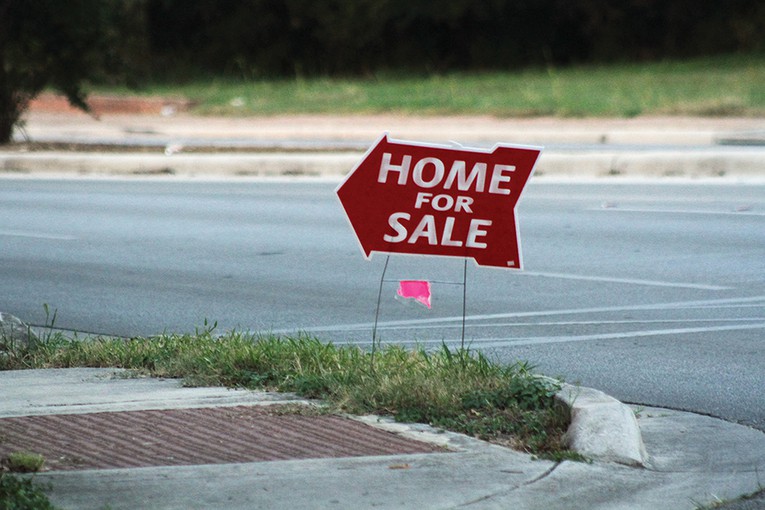
San Marcos Ordinance Closes Doors on Real Estate Demand
By, University Star Staff
San Marcos’ explosive population growth has affected the housing market, causing challenges for students and residents.
According to Zillow, the median home price in San Marcos has increased from $206,000 to $256,000 over the last five years.
“San Marcos has really been the epicenter of growth, and a lot of that has to do with the ready availability of affordable land,” said Kevin Burke, economic development and downtown administrator.
The affordability of land and job growth in central Texas has led to an increase in demand for housing in San Marcos. Burke said businesses, including Epic Piping and Amazon, have created job opportunities for citizens with good wages and benefits.
“We have really seen broad-based economic growth in San Marcos, especially in high-tech manufacturing,” Burke said. “We are also seeing growth in our traditional employers like the university and retail. In fact, around 3,500 people work at the San Marcos outlets every day.”
However, growth has led to challenges in the city, as it creates competition between students and residents for scarce housing. One of the points of contention is the single-family zoning ordinance, a city statute prohibiting a certain number of homes and neighborhoods from leasing to groups of people who are not related to one another.
This ordinance bars students from living in certain parts of the city, as most cannot afford to rent a house on their own. Mark Villanueva, an English senior, said he would like to live in a house but can’t afford it.
“If I could find friends who all wanted to live in the same living situation, I would want to live in a house, probably in San Marcos,” Villanueva said. “I get why the ordinance was implemented, but it’s kind of a sweeping generalization about students, and a lot of students would like to have that option.”
Villanueva said other seniors are searching for a house to live in after graduation, but have struggled to find an affordable home.
The rapid growth is not only making it harder to find houses and apartments but contributes to a higher expense for those who live here.
“San Marcos has changed a lot since I got here. My rent has gone up $20 since I moved here two semesters ago,” Villanueva said.
The city has taken measures to reduce the challenges both students and residents face and encourages citizens to make their voices heard in government.
“I think there are challenges—not so much conflict. (The city has encouraged) more development downtown and closer to campus—the Ella lofts for example. They might be a little more expensive, but they provide housing closer to downtown and away from residential neighborhoods and help expand downtown,” Burke said.






